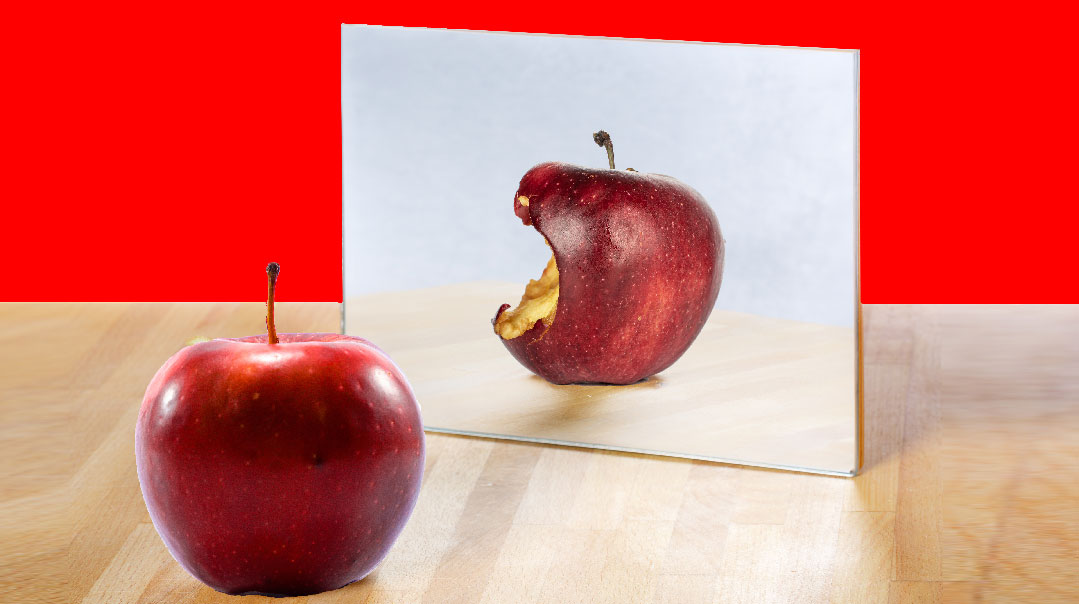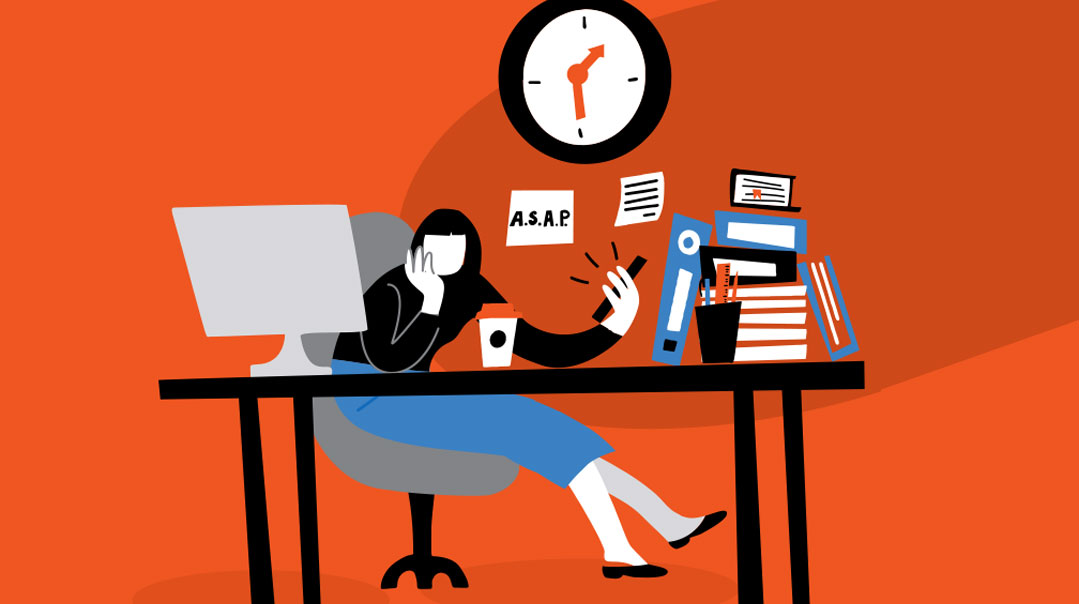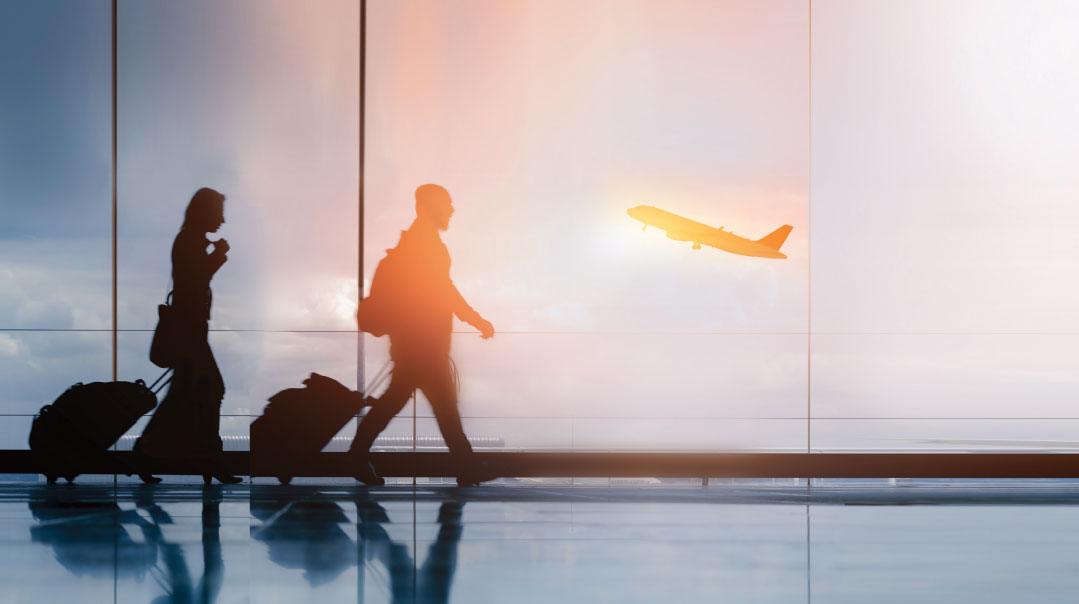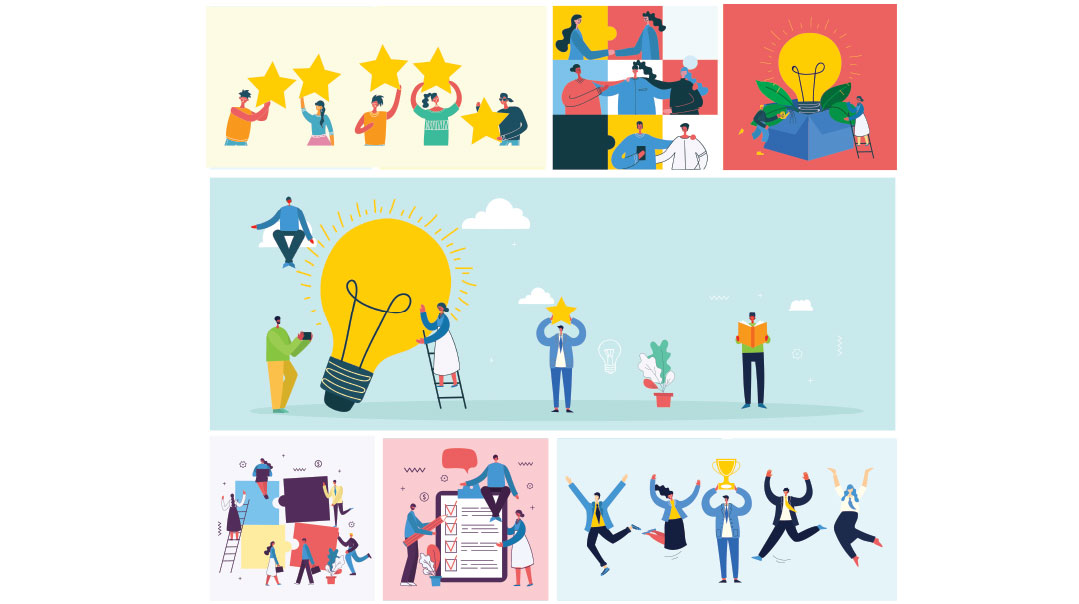Line Up Now

Here’s the long and the short of waiting in line
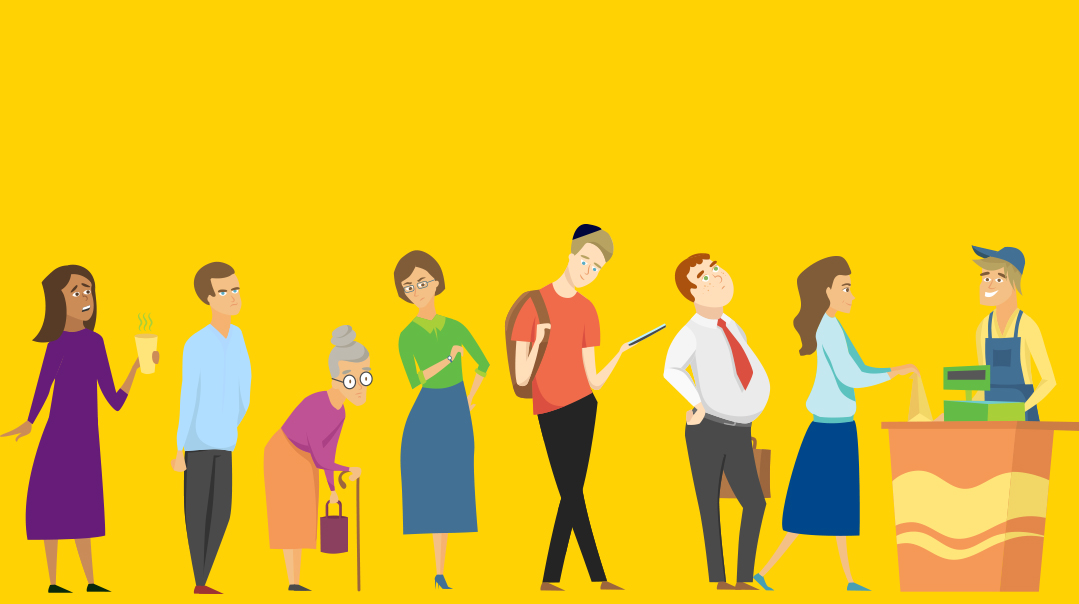
O
n the list of most enjoyable activities, long waits in line probably rank somewhere between dropping a bowling ball on your foot and repeatedly banging your head against the wall. What separates a good queuing experience from a bad one, however, isn’t just the speed of the line. Numerous studies show that how people feel when they wait in line matters more than the duration of the wait. What’s known as line fairness can have a great impact on our waiting endurance.
Take the airport, for example. There’s the line to confirm your reservation, the line to check in your baggage, the line at security, the line to board the plane, the line to get off the plane, the line to pick up your baggage, the line at customs, the line at security, the line for the taxi. Thinking about all those lines is enough to put a stop to your trip before you even begin. The good news is that even if we can’t eliminate these lines, we can alter our perception of the wait, and that can make a difference.
Lining up the options
We regularly encounter two kinds of lines: multiple parallel lines and serpentine lines.Multiple parallel lines are lines like those at most supermarket checkout counters, where a number of registers are open for service and you line up at the one of your choosing. A serpentine line is one long line in which everyone waits until they reach the front of the line, when they’re served by the next available register. According to experts, if both systems are working efficiently, the actual physical wait time is about the same.
Nevertheless, each system has advantages and disadvantages. Multiple parallel lines can be great if you’re in a fast one, not so great if you’re in a slow one. When customers feel stuck, they’ll sometimes switch from one line to another in search of the fastest line (known as “jockeying”). This has limited success, as anyone who’s ever tried it knows. It’s like changing lanes while highway driving; statistics show that you don’t save any time (though it might make you feel better.) Also, the system of parallel lines can be inefficient if customers don’t notice an open checkout counter — which slows down service.
The main drawback to the serpentine line is that space is needed for the line to form, which doesn’t work in all store layouts. Sometimes the line snakes around the store, blocking customers’ access to shelves. Sometimes there’s confusion about where the line starts and if the customer is actually queuing up or still browsing.
The most important advantage of the serpentine line, experts say, is that customers who arrive first are served first. And because the average person values fairness over efficiency, serpentine lines make customers happier, regardless of the wait time.
(Excerpted from Family First, Issue 649)
Oops! We could not locate your form.


